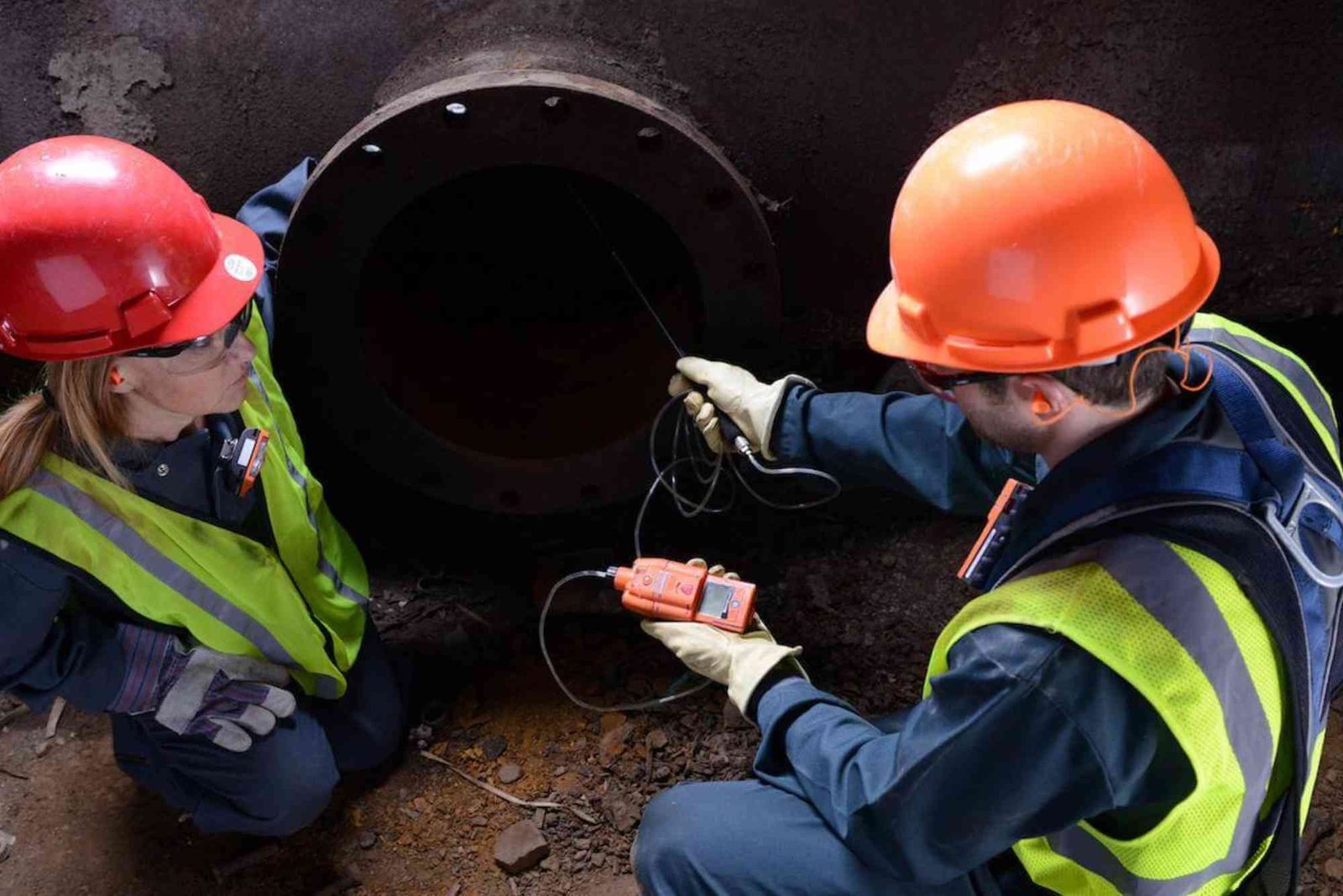Confined Space Monitoring Technology: A Critical Safety Innovation
In industries where workers enter confined spaces, safety is paramount. Confined spaces, such as tanks, tunnels, and vats, pose unique challenges, requiring specialized monitoring solutions. The introduction of confined space monitoring technology has revolutionized how these dangerous environments are managed, offering enhanced safety, real-time data, and compliance with industry standards. This article explores the various aspects of confined space monitoring, its importance, and how technology is reshaping safety protocols.
Understanding Confined Space Risks
Confined spaces are areas that are not designed for continuous human occupancy but are large enough for workers to enter and perform tasks. These spaces can be hazardous due to limited ventilation, toxic gases, oxygen deficiency, or physical hazards such as moving equipment or the risk of entrapment. According to safety standards, workers must undergo thorough training, and proper monitoring equipment must be used to prevent accidents.
The Importance of Confined Space Monitoring Technology
Monitoring confined spaces involves tracking the atmospheric conditions, the presence of gases, and the oxygen levels inside these environments. Without effective monitoring, workers could be exposed to dangerous conditions that may not be immediately visible, such as oxygen depletion or toxic gas buildup.
The use of confined space monitoring technology allows real-time data collection, alerting workers and safety personnel about unsafe conditions as they develop. This proactive approach to safety helps prevent accidents and ensures compliance with occupational health and safety regulations.
Types of Confined Space Monitoring Systems
Confined space monitoring systems come in various forms, depending on the application, the size of the space, and the specific risks involved. Some of the most common types include:
- Gas Detection Systems: These are designed to measure the concentration of gases like oxygen, carbon monoxide, hydrogen sulfide, and combustible gases. Gas detectors can trigger alarms if dangerous levels are detected, providing an early warning to workers.
- Ventilation Monitoring: Confined spaces often require mechanical ventilation to ensure proper airflow. Monitoring systems can track ventilation performance, ensuring that it is adequate to maintain safe oxygen levels and minimize the risk of toxic gas buildup.
- Environmental Sensors: These sensors measure temperature, humidity, and other environmental factors that can affect the safety of workers. High temperatures or humidity can exacerbate other risks, so monitoring these factors is essential.
- Integrated Communication Systems: These systems enable real-time communication between workers inside the confined space and safety teams outside. These systems can be life-saving during emergencies, ensuring swift action is taken.
Benefits of Confined Space Monitoring Technology
Implementing modern confined space monitoring systems offers a range of benefits to industries that work in high-risk environments. Some of the key advantages include:
- Enhanced Safety: Continuous monitoring of atmospheric conditions reduces the likelihood of hazardous events, protecting workers from potentially life-threatening situations.
- Regulatory Compliance: Confined space entry regulations, such as OSHA (Occupational Safety and Health Administration) standards in the United States, require monitoring systems. Automated reporting and data collection ensure compliance with these laws, minimizing the risk of fines and penalties.
- Real-Time Data and Alerts: The ability to monitor conditions in real time allows for quick response to any dangerous changes. Alerts can be sent to supervisors, enabling immediate action to protect workers.
- Improved Efficiency: By continuously tracking the environment, monitoring systems help ensure that work in confined spaces can be done safely and efficiently without delays caused by unexpected safety checks.
The Role of IoT in Confined Space Monitoring
The Internet of Things (IoT) has had a transformative impact on confined space monitoring technology. IoT-enabled devices allow for seamless communication between sensors, monitoring systems, and safety personnel. This network of connected devices ensures that data is constantly being collected and analyzed, providing a comprehensive view of the conditions within the confined space.
Furthermore, IoT devices can be integrated with cloud-based systems, enabling remote monitoring and access to data from anywhere. This is particularly beneficial for industries operating in multiple locations or with large teams, as supervisors can track the safety of workers in real-time from a centralized location.
Integration with Safety Management Systems
Confined space monitoring technology is often integrated with broader safety management systems. These systems help coordinate responses to emergency situations, track worker safety compliance, and store historical data on confined space entries. By integrating the monitoring technology with these systems, companies can create a comprehensive safety protocol that is both proactive and reactive.
The Future of Confined Space Monitoring
As technology continues to advance, confined space monitoring systems are expected to become more sophisticated. Features like artificial intelligence (AI) and machine learning (ML) could be incorporated to predict hazardous conditions before they occur based on historical data and environmental patterns.
Additionally, wearable technology is likely to play a larger role in confined space safety. Wearable devices can monitor the physiological conditions of workers, such as heart rate, body temperature, and fatigue levels, alongside environmental data. This holistic approach to monitoring ensures that both environmental and personal safety factors are considered.
FAQs
What is confined space monitoring technology?
Confined space monitoring technology involves using sensors and devices to track atmospheric conditions, such as gas levels and oxygen concentration, to ensure the safety of workers in high-risk areas.
Why is confined space monitoring important?
It helps prevent accidents by providing real-time data on hazardous conditions, ensuring worker safety and compliance with regulations.
What are the common types of monitoring systems?
These include gas detection systems, ventilation monitoring, environmental sensors, and integrated communication systems.
How does IoT impact confined space monitoring?
IoT enables seamless data collection, real-time communication, and remote monitoring, improving the efficiency and safety of confined space operations.
What are the benefits of using confined space monitoring technology?
Key benefits include enhanced safety, regulatory compliance, real-time alerts, and improved operational efficiency.




